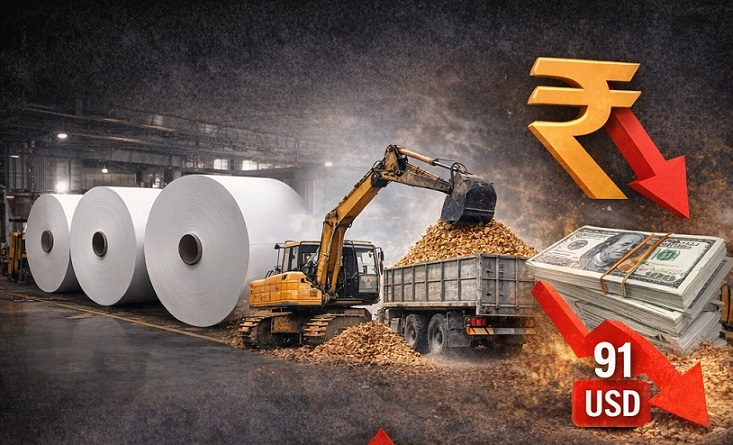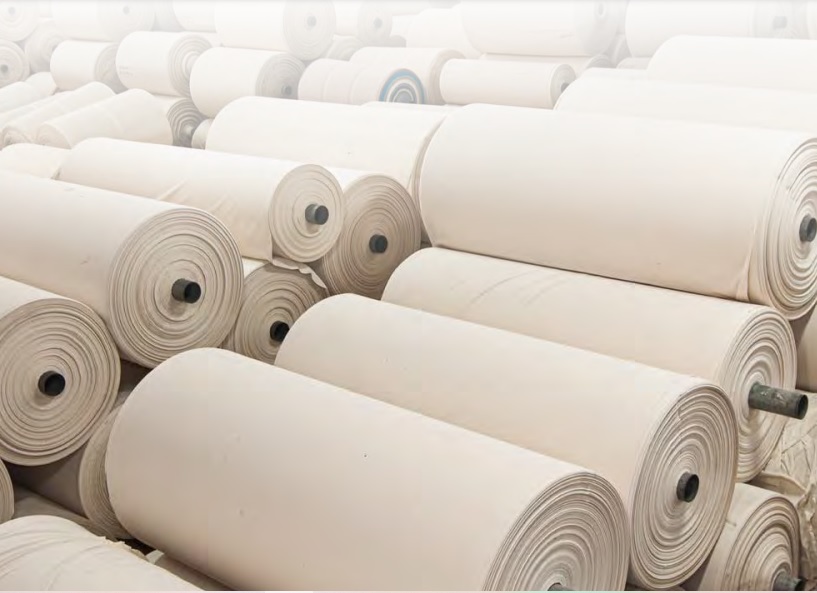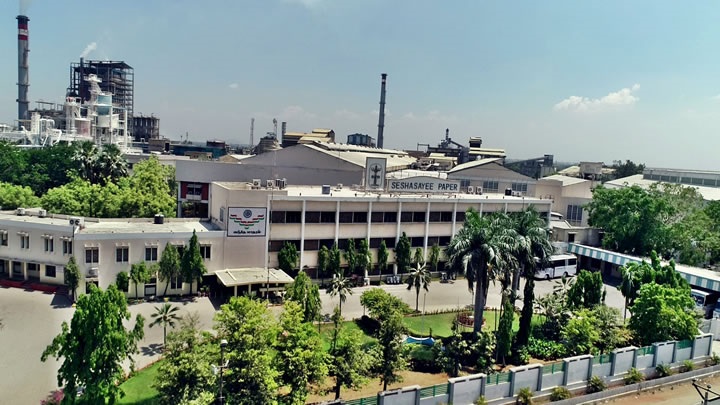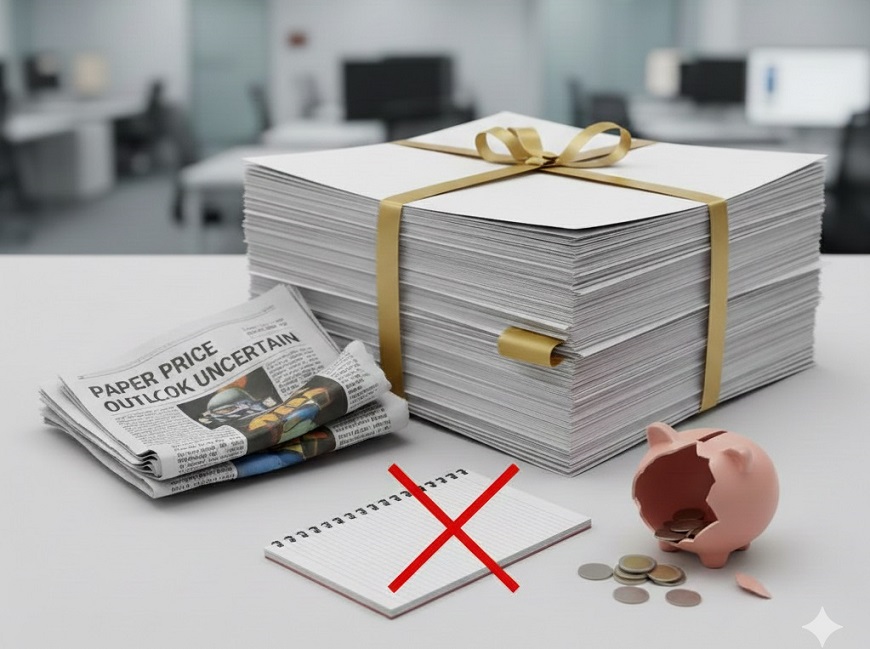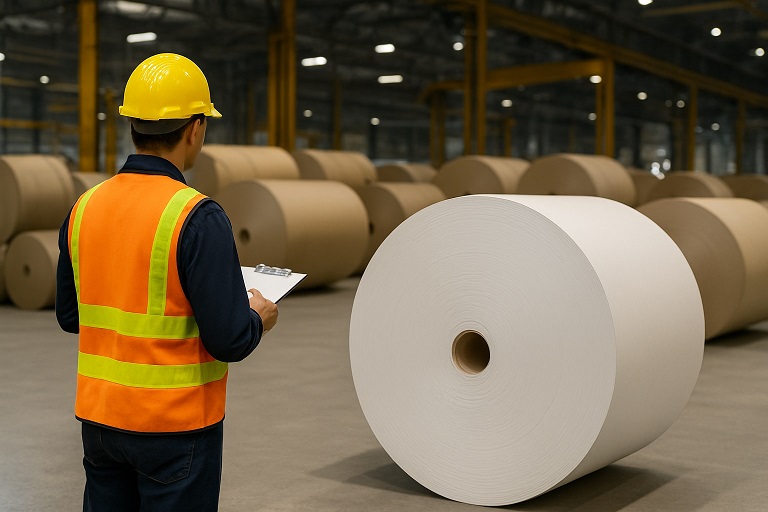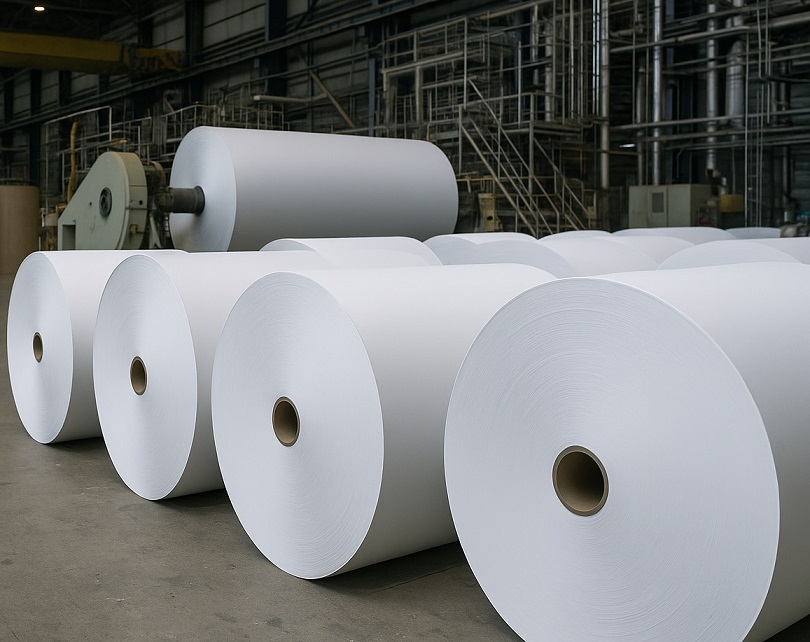Waste Paper exports: Victims of irrational legislation
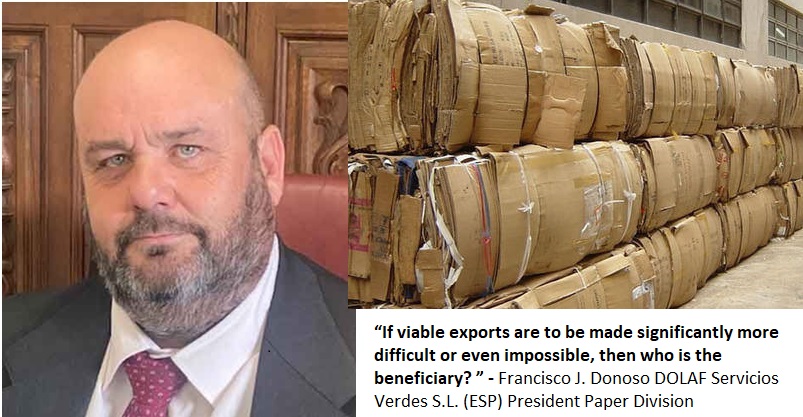
Waste Paper exports: Victims of irrational legislation
- India alone imported 7 million tonnes from around the world in 2021
- Europe’s biggest customers for recovered fibre, such as India, Indonesia and Vietnam
- Proposed shipment regulation revision threatens to introduce stricter procedures and control measures on EU recovered fibre exports
the below report is extracted from The Bureau of International Recycling (BIR) annual report 2022 | The Pulp and Paper Times:
My first full calendar year as President of the BIR Paper Division included two major features that would have been familiar to most of my predecessors, namely volatile market conditions and legislative uncertainty.
Starting with the latter, 2022 began with new recovered fibre import regulations in Malaysia, including pre- inspection in the country of origin. On top of this, and pervading the whole of 2022, were fears over the future for European exports of recovered fibre, particularly to non-OECD countries, as a result of the proposed revision of the EU Waste Shipment Regulation.
For many years, Europe has shipped a significant proportion of its surplus tonnages to customers in developing economies, mainly in Asia. This has been a truly symbiotic relationship as the importing countries have received good-quality recovered fibre to help fuel their industrial development at a time when their own domestic collections are not yet sufficiently mature to meet their raw material needs.
As explained by our Division’s General Delegate, Manuel Dominguez, at our meeting in Barcelona last May, the proposed shipment regulation revision threatens to introduce stricter procedures and control measures on EU recovered fibre exports in a way that would create a captive market within Europe, leading inevitably to lower prices and putting the sector’s future in jeopardy.
If viable exports are to be made significantly more difficult or even impossible, then who is the beneficiary? Certainly not the planet which we are all supposedly trying to protect. The whole legislative approach appears unreasonable and irrational.
Let me underline here, some of the countries that would be affected by this regulatory tightening are Europe’s biggest customers for recovered fibre, such as India, Indonesia and Vietnam. Guest speaker Nishant Sahney of Gaurav Vipa Papers Pvt Ltd told our Dubai meeting last October that India alone imported 7 million tonnes from around the world in 2021 – roughtly equivalent to Europe’s entire recovered fibre surplus.
Europe is not alone in making life more difficult for our eminently “green” industry. India’s review of limits on non-paper materials in recovered paper imports will bring further controls in countries of origin and an increase in bureaucracy. And as explained in Dubai by guest speaker Atul Kaul of Waraq in Saudi Arabia, his own government’s policy was restricting exports of recovered paper, with both exports and imports having to work through a licensing agency.
These bureaucratic strictures are being applied even though free and fair trade remains crucial to the well- being of our essential industry. Latest data confirm for the umpteenth time that we continue to perform a huge service to the global environment.
As mentioned above, this threat to exports was combined with volatile pricing, particularly for OCC, to make 2022 a turbulent time for our industry. Demand for recovered paper was excellent in the early months of the year owing to healthy paper mill order books. However, the onset of far higher energy costs and an inflation- related slide in demand for finished products forced mills to significantly reduce their capacity utilization rates and, in some cases, take unprecedented levels of downtime. As I pointed out at our meeting last October, OCC prices had fallen by as much as 90% in preceding months.
To be fair, white grade and pulp substitute prices retreated only slightly from the high ground established many months earlier, thanks largely to elevated prices for virgin pulp. And a positive development for us as 2022 progressed was the improved availability and cost of both vessel space and containers.
Given these developments, it was perhaps prescient that a guest presentation at our Barcelona meeting focused on introducing some welcome predictability into the trading arena via cash-settled financial futures. Stein Ole Larsen of Norexeco ASA argued that hedging would help protect us from understandable nervousness at our exposure to volatile pricing.
His words remind us once again that we cannot avoid certain threats and challenges to our day-to- day business but we can certainly help ourselves by remaining alert to new ideas and new ways of operating. We can also look to “control the controllables” by running a tight ship and by finding the right customer fit.
Web Title: Waste Paper exports: Victims of irrational legislation





 Join WhatsApp Group
Join WhatsApp Group Join Telegram Channel
Join Telegram Channel Join YouTube Channel
Join YouTube Channel Join Job Channel (View | Submit Jobs)
Join Job Channel (View | Submit Jobs) Join Buy Sell Channel (Free to Submit)
Join Buy Sell Channel (Free to Submit) Paper News Headlines Channel (Free to read)
Paper News Headlines Channel (Free to read)


